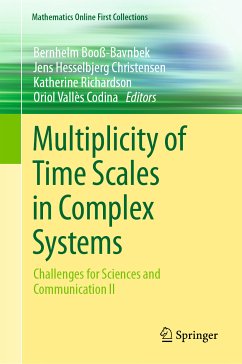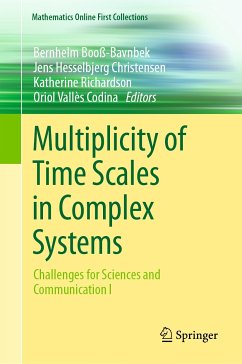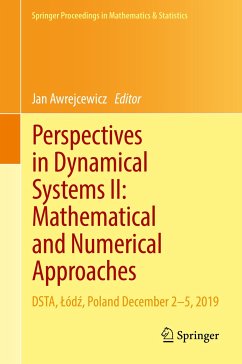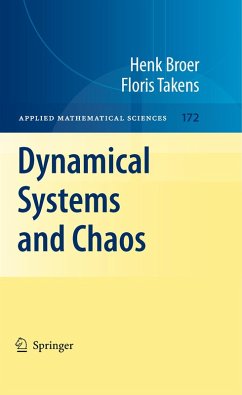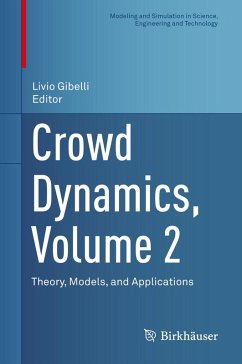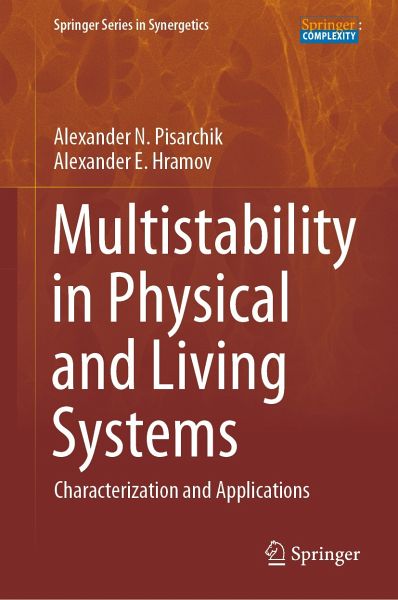
Multistability in Physical and Living Systems (eBook, PDF)
Characterization and Applications
Versandkostenfrei!
Sofort per Download lieferbar
Statt: 160,49 €**
112,95 €
inkl. MwSt.
**Preis der gedruckten Ausgabe (Gebundenes Buch)
Alle Infos zum eBook verschenkenWeitere Ausgaben:

PAYBACK Punkte
56 °P sammeln!
This book starts with an introduction to the basic concepts of multistability, then illustrates how multistability arises in different systems and explains the main mechanisms of multistability emergence. A special attention is given to noise which can convert a multistable deterministic system to a monostable stochastic one. Furthermore, the most important applications of multistability in different areas of science, engineering and technology are given attention throughout the book, including electronic circuits, lasers, secure communication, and human perception.The book aims to provide a f...
This book starts with an introduction to the basic concepts of multistability, then illustrates how multistability arises in different systems and explains the main mechanisms of multistability emergence. A special attention is given to noise which can convert a multistable deterministic system to a monostable stochastic one. Furthermore, the most important applications of multistability in different areas of science, engineering and technology are given attention throughout the book, including electronic circuits, lasers, secure communication, and human perception.
The book aims to provide a first approach to multistability for readers, who are interested in understanding its fundamental concepts and applications in several fields. This book will be useful not only to researchers and engineers focusing on interdisciplinary studies, but also to graduate students and technicians. Both theoreticians and experimentalists will rely on it, in fields ranging from mathematics and laser physics to neuroscience and astronomy. The book is intended to fill a gap in the literature, to stimulate new discussions and bring some fundamental issues to a deeper level of understanding of the mechanisms underlying self-organization of matter and world complexity.
The book aims to provide a first approach to multistability for readers, who are interested in understanding its fundamental concepts and applications in several fields. This book will be useful not only to researchers and engineers focusing on interdisciplinary studies, but also to graduate students and technicians. Both theoreticians and experimentalists will rely on it, in fields ranging from mathematics and laser physics to neuroscience and astronomy. The book is intended to fill a gap in the literature, to stimulate new discussions and bring some fundamental issues to a deeper level of understanding of the mechanisms underlying self-organization of matter and world complexity.
Dieser Download kann aus rechtlichen Gründen nur mit Rechnungsadresse in A, B, BG, CY, CZ, D, DK, EW, E, FIN, F, GR, HR, H, IRL, I, LT, L, LR, M, NL, PL, P, R, S, SLO, SK ausgeliefert werden.




